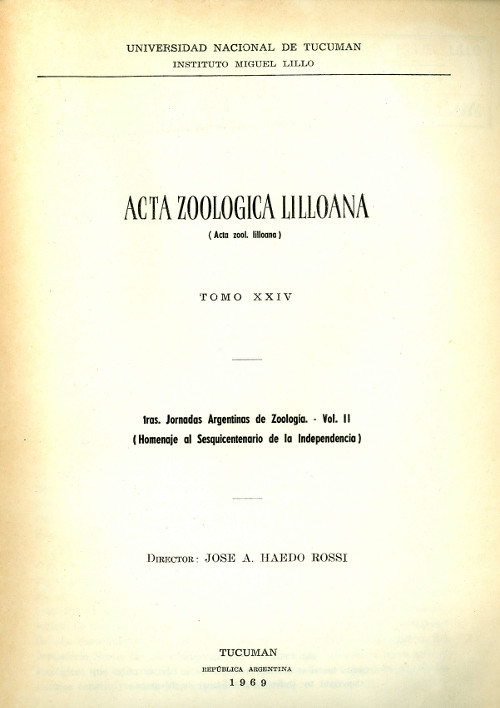Is sympatric speciation a frequent phenomenon?
Keywords:
Speciation, evolution, geneticsAbstract
The author sets out the opposing arguments of supporters and opponents of sympatric speciation. The extreme abundance of species in certain environments (equatorial forest, deep lakes, etc.) can be explained by geographic and microgeographic speciation. It has been mistakenly thought that the isolating mechanisms that maintain the integrity of sympatric species are capable of causing speciation. The so-called sympatric races (biological, ecological, etc.) are actually cryptic species, microgeographical races or even particular individuals (remarkable mutants). Conditioning can interrupt an isolating mechanism, but seems incapable of creating one. Parasites, however, are an exception: isolation of an endoparasite from the body of a new host can be as effective as geographic isolation. Some of the proposed models for sympatric speciation deserve our attention, in particular disruptive selection and the accumulation of mutations in isolated "supergenes" by chromosomal inversions. Despite these possibilities, the inefficiency of ecological isolation and the persistence of heterozygous gene flow appear to be generally insurmountable obstacles to sympatric speciation.
Downloads
Downloads
Published
How to Cite
Issue
Section
License
Copyright (c) 2022 Fundación Miguel Lillo

This work is licensed under a Creative Commons Attribution-NonCommercial-NoDerivatives 4.0 International License.





